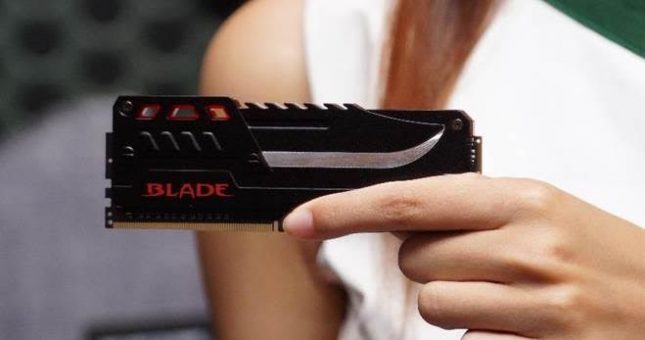DDR4 DRAM Module Pricing Expected to Climb 12.5%
TrendForce Estimates Average Contract Price of 4GB DDR4 DRAM Modules to Climb 12.5% Entering 2Q17 as Difficulties Mount for Under 20nm Production
Apr. 13, 2017 —- DRAMeXchange, a division of TrendForce, reports the general price increase in the PC DRAM market is growing larger than anticipated as the already tight supply situation is compounded by quality problems with products made on the leading-edge processes. Based on a preliminary survey of completed contracts for the second quarter, DRAMeXchange estimates that the average contract price of 4GB DDR4 modules will go up by about 12.5% compared with the first quarter, from US$24 to around US$27.
PC-OEMs that have been negotiating their second-quarter memory contracts initially expected the market supply to expand because Samsung and Micron have begun to produce on the 18nm and the 17nm processes, respectively, said Avril Wu, research director of DRAMeXchange. However, both Samsung and Micron have encountered setbacks related to sampling and yield, so the supply situation remains tight going into the second quarter and PC DRAM prices will continue to rise through this three-month period.
There is no relief to the short supply problem as Samsung and Micron encounter roadblocks in their respective migrations to under-20nm production
Samsung has started to mass produce 18nm PC DRAM products since the middle of this years first quarter. Transitioning to a higher level of manufacturing technology tends to create difficult design challenges, and Samsung has found that some of its memory modules are having compatibility issues with certain notebook platforms. The high defect rate from the 18nm process has hindered the suppliers shipments. As Samsung is attempting to resolve the product quality problem, its contribution to the market supply will be severely limited.
Micron has also started sending its 17nm PC DRAM products to clients for sampling since the first quarter, but the entire process is taking much longer time than expected. Micron is likely going to delay mass production for its 17nm process beyond this second quarter.
Among the big three suppliers, SK Hynix is only one that is not transitioning to a more advanced manufacturing technology for its PC DRAM and is not shown to have problems in delivering its products. Wu pointed out that Samsungs and Microns predicaments reveal that design and manufacturing barriers become a lot higher when it comes to migrating to under-20nm production. At the same time, such migration efforts result in diminishing returns in the form of shrinking bit growth. Significant improvement in the market supply situation therefore is expected to come much later.
Wu added that the DRAM market as a whole will continue to see prices climbing during the entire second quarter: Besides the larger price hike for PC DRAM products, prices of server DRAM products for the second quarter are projected to rise by 10~15% sequentially on average. Compared with PC DRAM and server DRAM products, mobile memory products will have the smallest price increase during this three-month period, estimated at under 5% from the preceding quarter. The moderate price uptick for mobile memory products is mainly attributed to slowing shipments from China-based smartphone makers. On the other hand, prices of eMCP products are expected to go up by around 5% versus the first quarter due to the additional factor of NAND Flash shortage.

